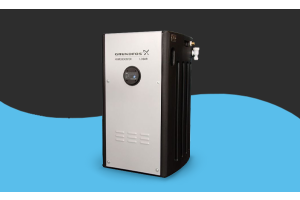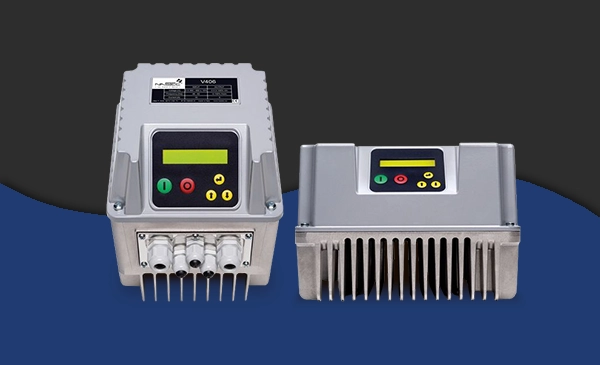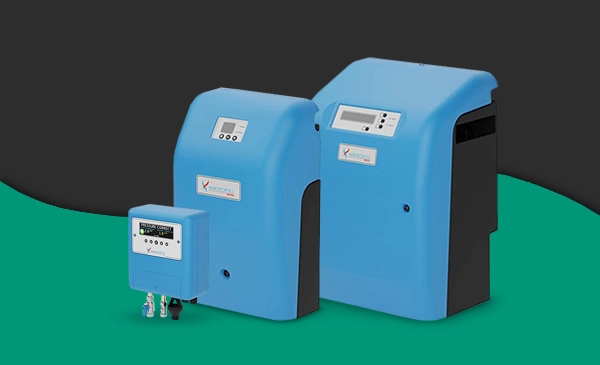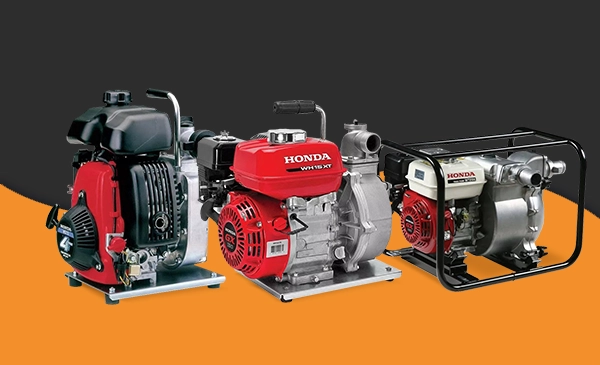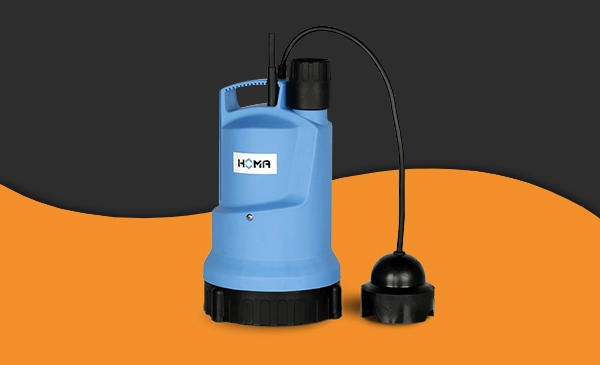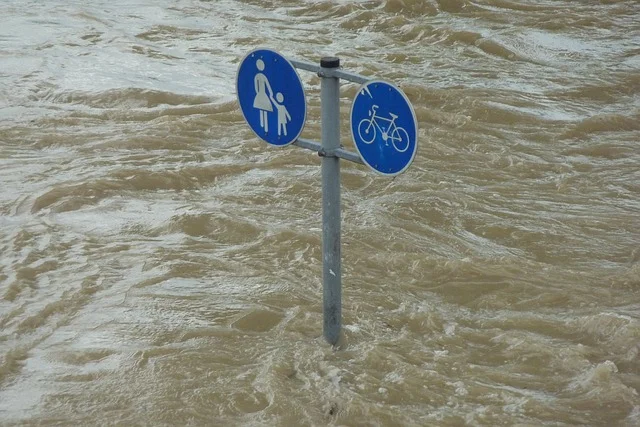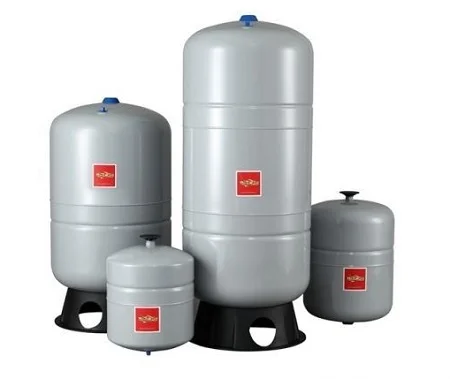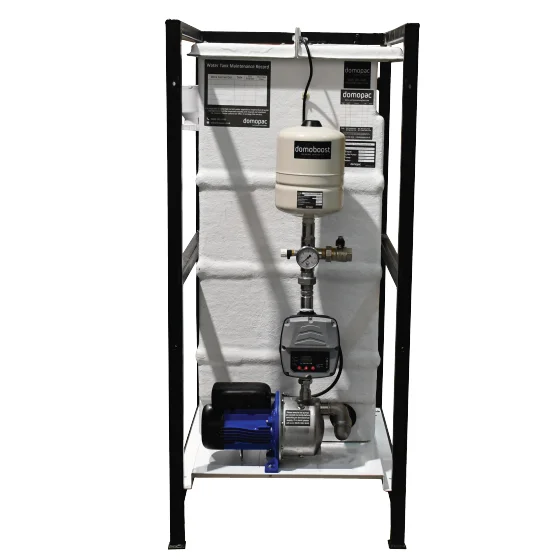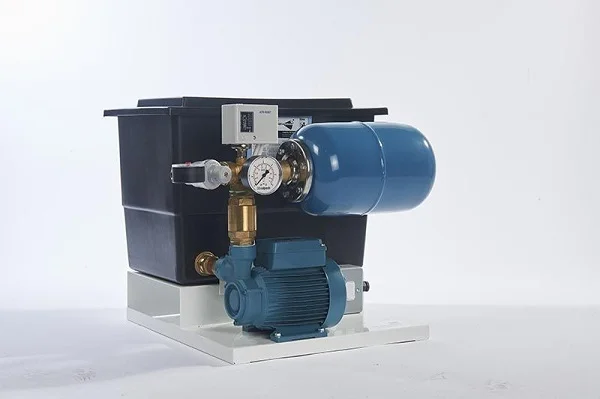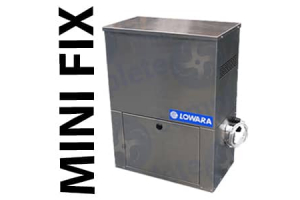Water — 1 Easy Tip to Keep it Safe, Warm and Clean
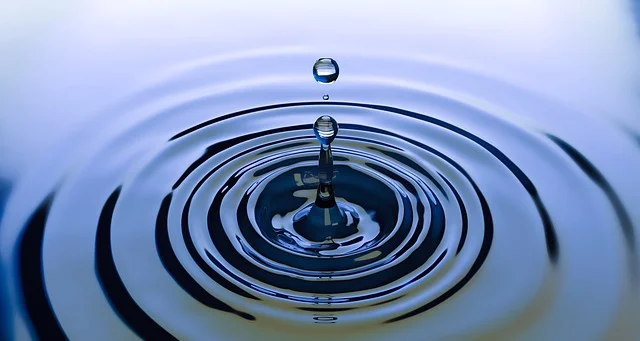
Bacteria surround us in their trillions, most innocuous, a good few helpful to us and some we most definitely could not live without. Completing the set are the bacteria which are actively harmful, or even fatal, to humans and animals. Falling squarely into this latter category is Legionella, a type of bacteria with many strains that grows and multiplies in water. So serious is the threat that an intervention programme was carried out by the Health & Safety Executive (HSE) in 2013/14 - the results of this programme along with news of other developments in combating the dangerous microbe will be discussed in an open seminar in February.
A Quick Guide to Legionella and Legionnaires’ Disease
-
Early symptoms of Legionella infection resemble a flu-like illness - headaches, muscle pain, fever and lethargy are common. Once the bacteria penetrates the lungs, more serious pneumonia-like symptoms such as a heavy cough, chest pains and confusion
-
The incubation period (time between infection and onset of illness) is around seven days though can be as short as two and as long as 19 days. Infection is detected via a urine test
-
Legionella bacteria enters the body via the lungs, usually carried in very fine droplets of contaminated water. It is found in low concentrations in many lakes and rivers though, if it enters an artificially-heated system (such as a boiler or air conditioning unit) it can multiply rapidly to a dangerous level. The fine mist generated by showers is the perfect medium for Legionella to be carried in
-
Buildings with larger and complex water supply systems - such as schools, offices, residential blocks and hotels - are more vulnerable to Legionella due to their very size and complexity
-
Legionella grow and reproduce at temperatures between 20-45°C (68-118°F)
-
People over 50, smokers, heavy drinkers and those with a pre-existing lung complaint are in the high-risk group
The most logical way of preventing Legionella growing and multiplying in a closed system is to keep water stored either below 20°C or above 60°C - the cool method means that water takes forever to get hot, inefficiently using energy, while the hot method can pose a danger of burns, particularly to children, the elderly and vulnerable adults. The solution? Thermostatic mixing valves.
These small but extremely-effective components are available right now from Complete Pump Supplies - we stock a wide range and our team are always available to help guide you through the selection.




